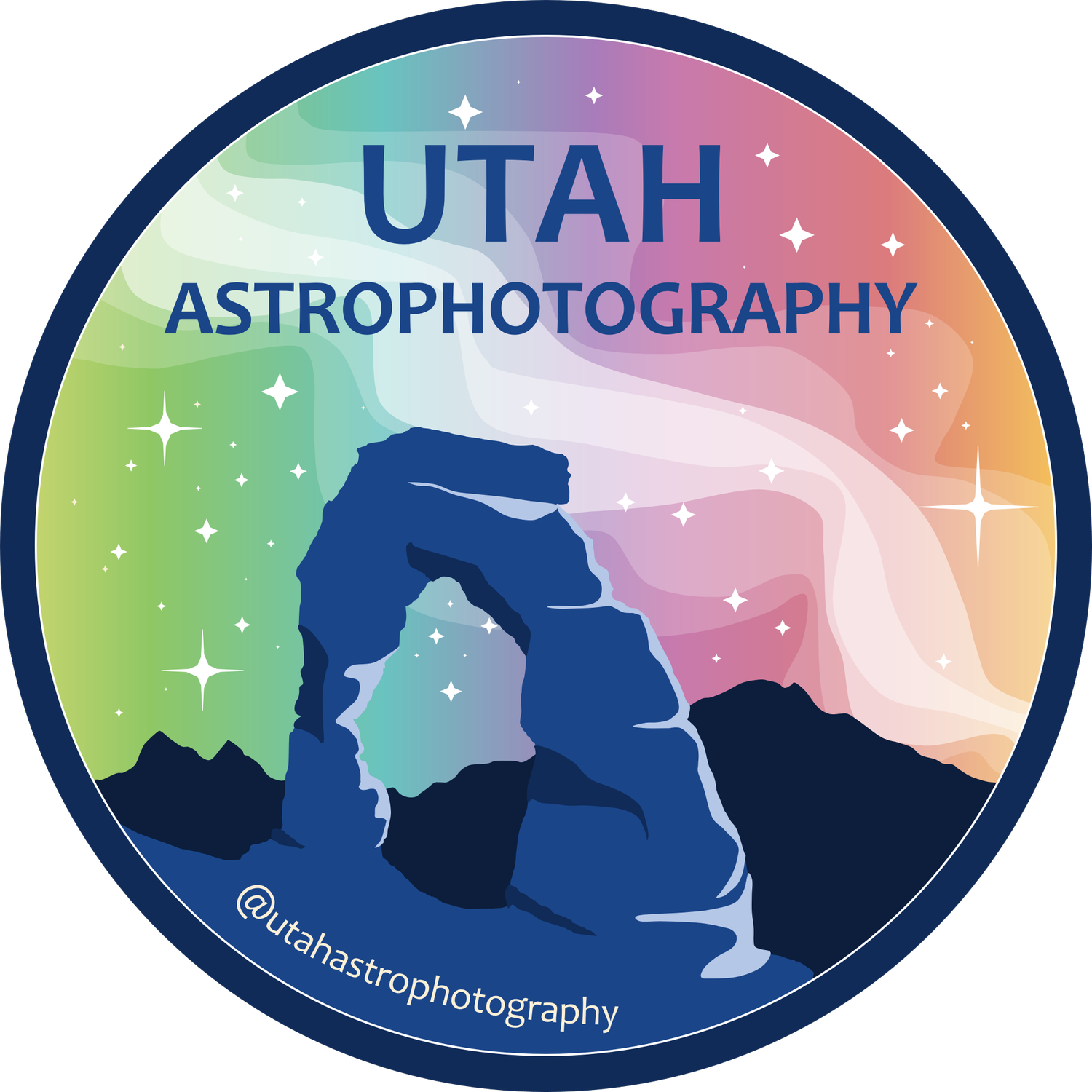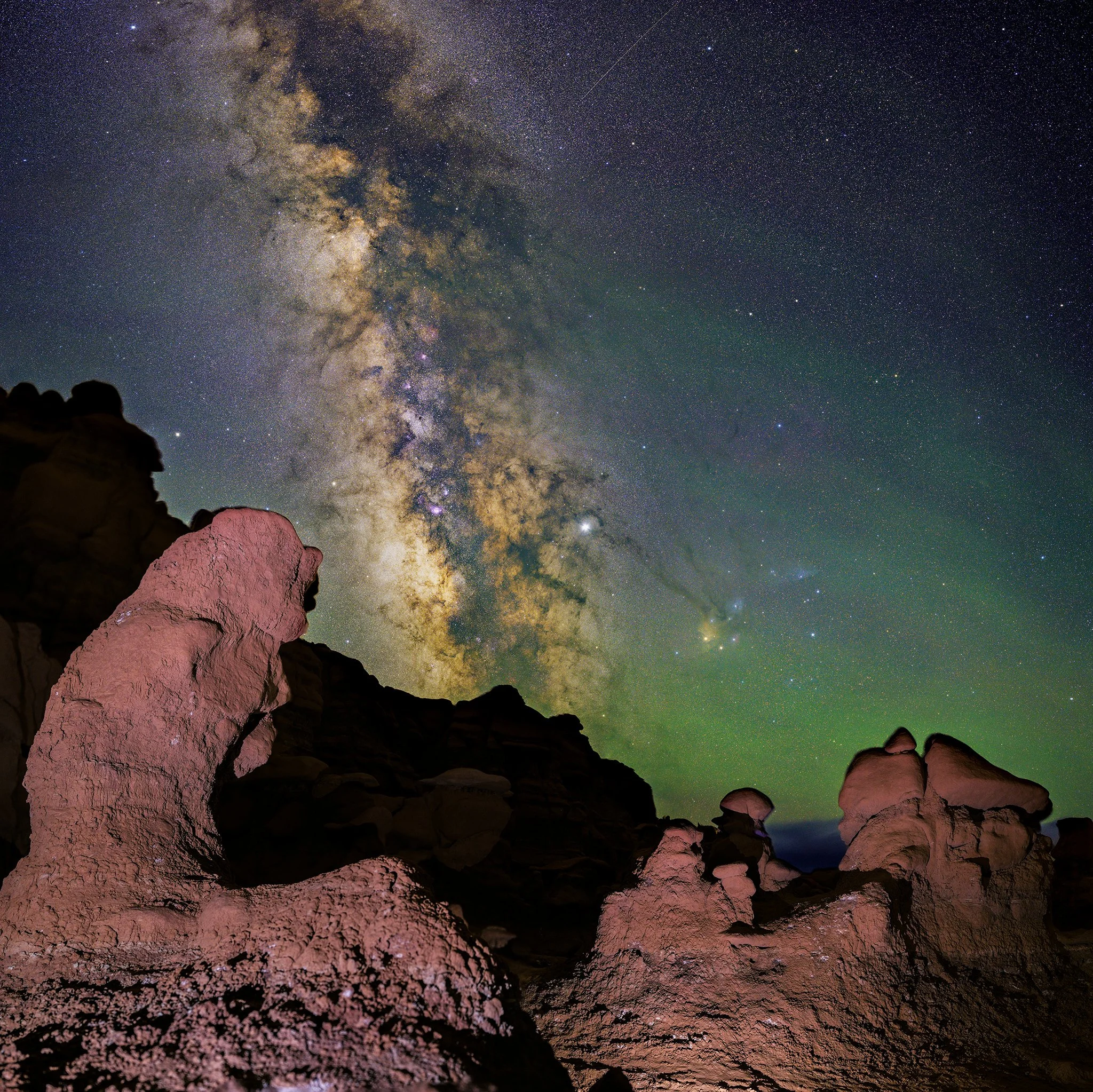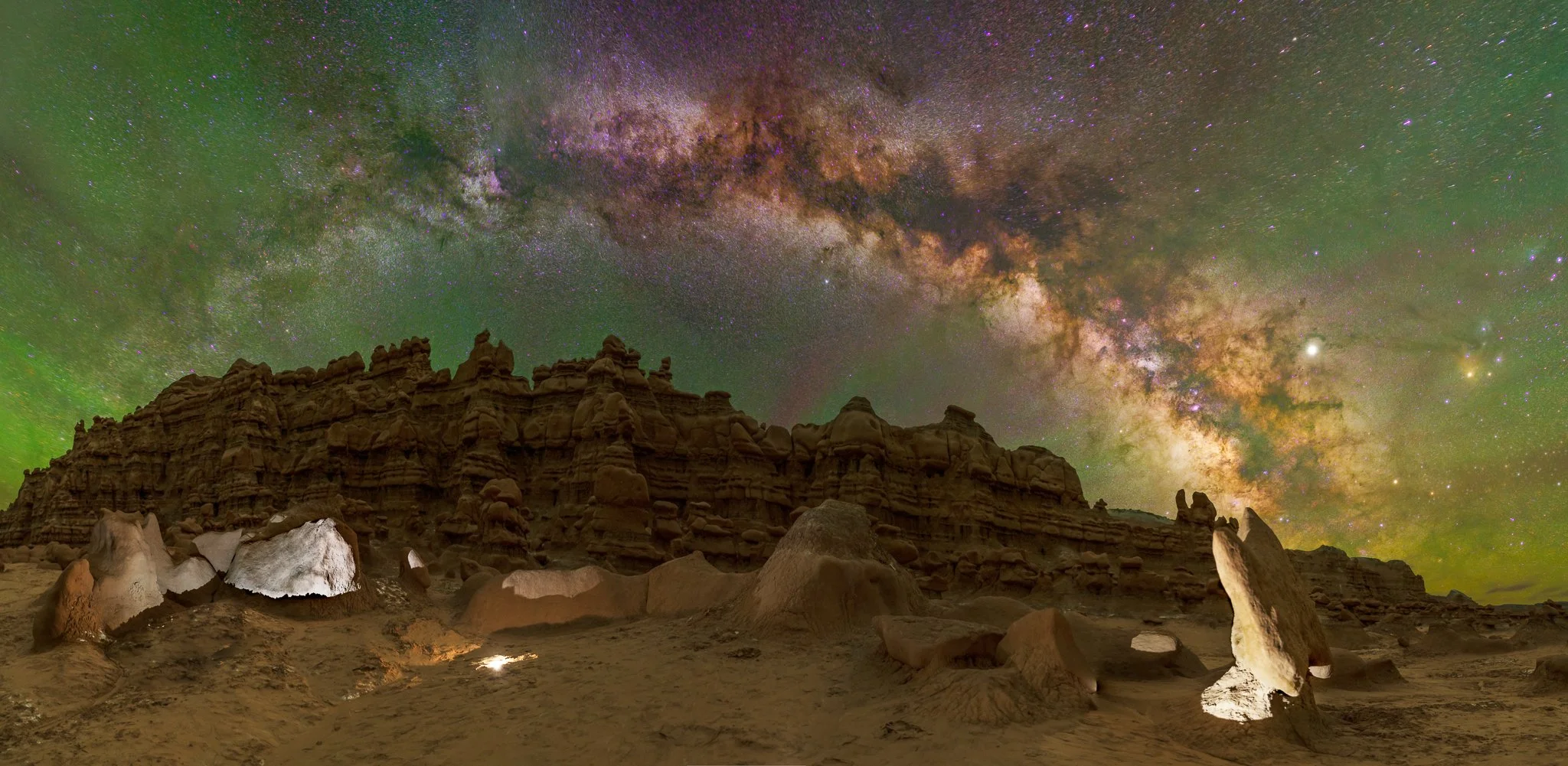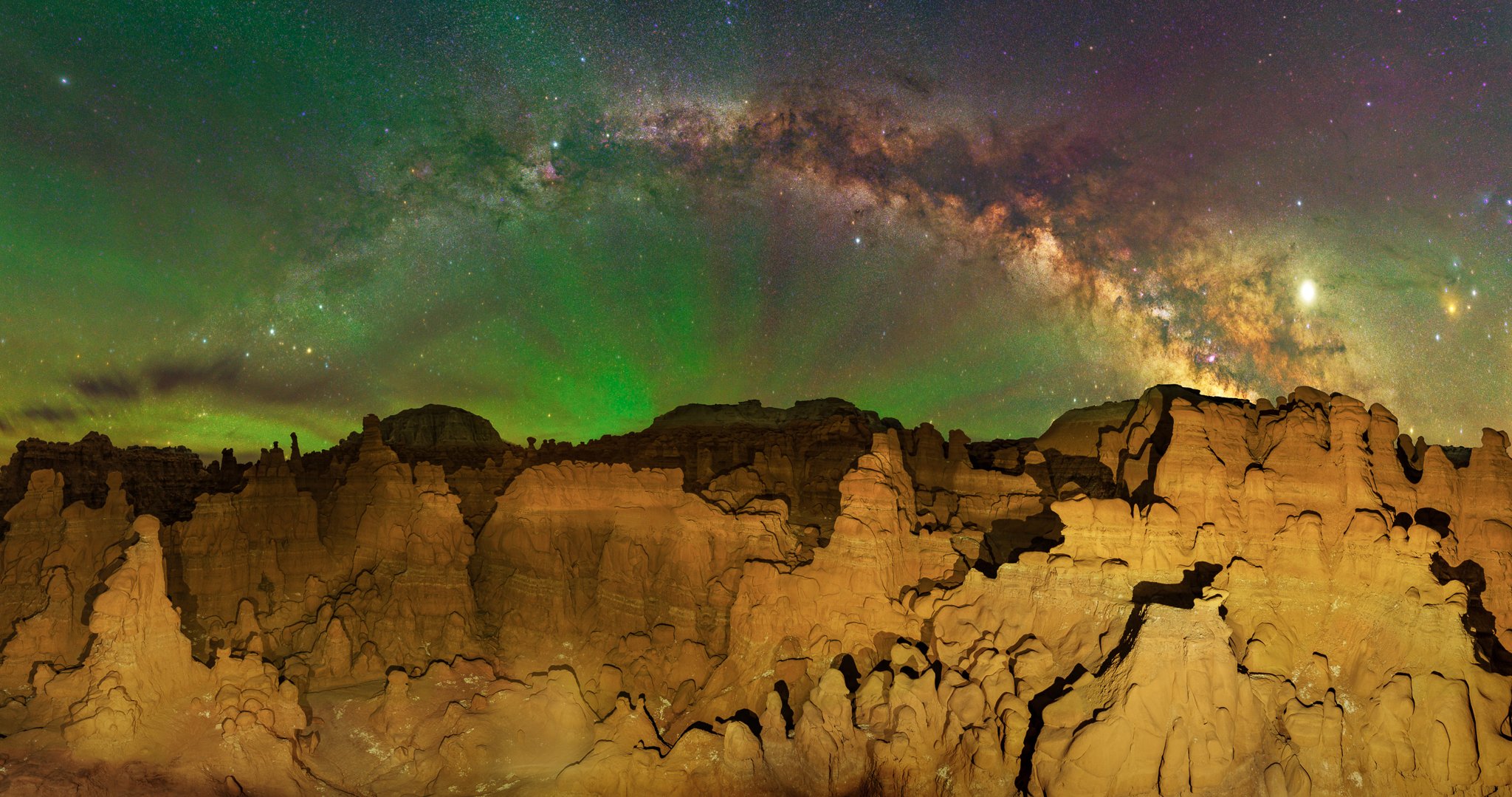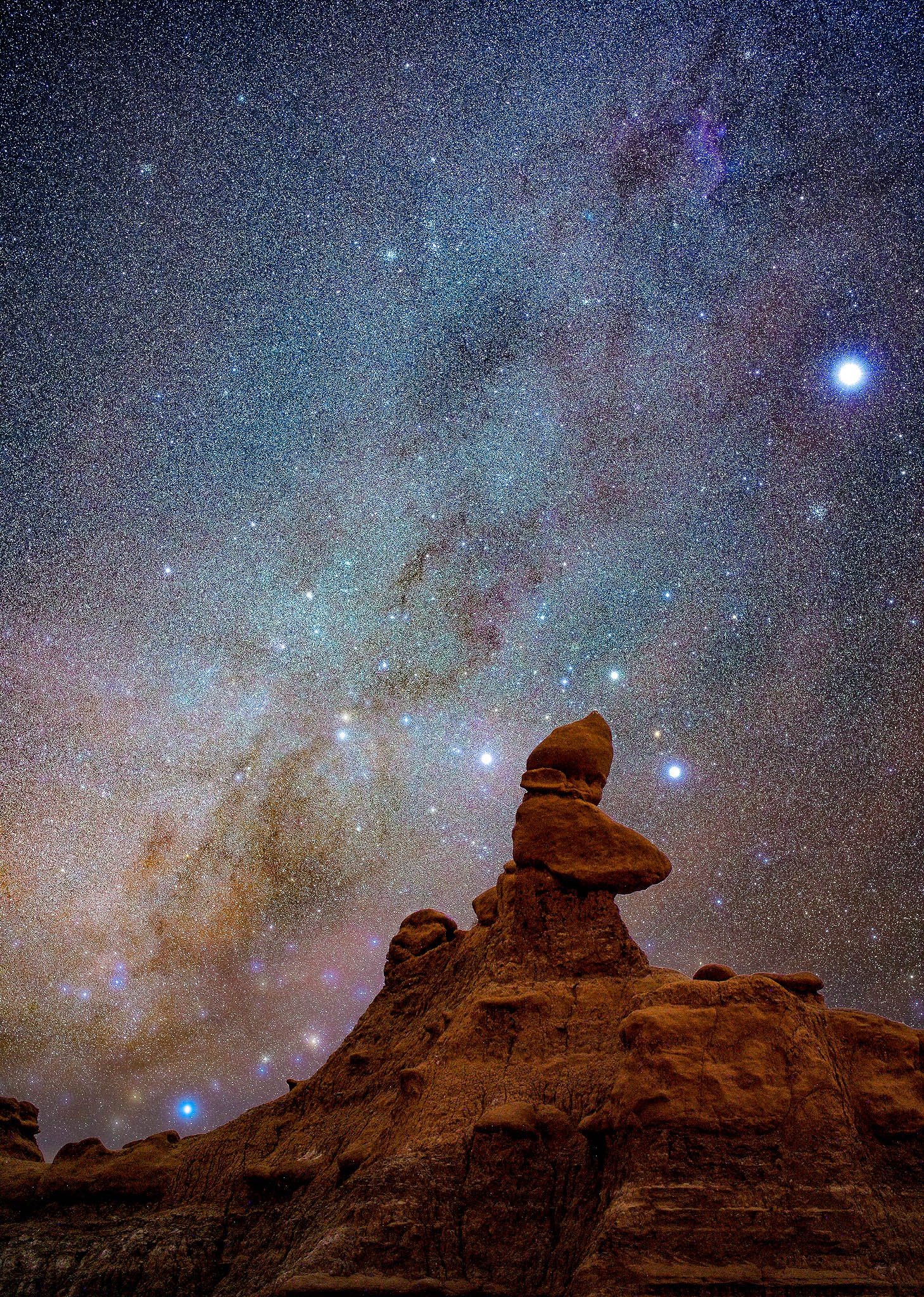
GOBLIN VALLEY
Goblin Valley State Park, located in southeastern Utah, is famed for its remarkable geology and rich anthropological history. The park’s landscape is dominated by thousands of hoodoos, known colloquially as “goblins,” which are mushroom-shaped rock formations that create a scene reminiscent of a Martian landscape. This unique geological feature, combined with the area’s anthropological significance, makes Goblin Valley a fascinating subject of study and exploration.
GEOLOGICAL SUMMARY
The geological story of Goblin Valley State Park is centered around the erosion of sedimentary rock layers that were deposited over 170 million years ago during the Jurassic period. These layers, primarily composed of sandstone, siltstone, and shale, were laid down by ancient tidal flats and coastal dunes. Over time, the relentless forces of erosion, particularly water and wind, sculpted the landscape into the valley of whimsical formations seen today.
The distinctive hoodoos of Goblin Valley were formed by the uneven erosion of the Entrada Sandstone and the Curtis Formation. The softer layers beneath the hard rock caps were eroded more quickly, resulting in the mushroom-shaped pillars. The variability in the resistance to erosion among different sedimentary layers has created an array of shapes and sizes of goblins, making the park’s landscape extraordinarily unique.
ANTHROPOLOGICAL SUMMARY
The human history of Goblin Valley State Park is marked by the presence of several Native American cultures over thousands of years. Evidence suggests that the Fremont culture, which thrived from approximately 600 to 1300 AD, was among the earliest inhabitants of the region. These ancient people left behind rock art, in the form of petroglyphs and pictographs, which can be found in and around the park. These artworks provide insight into the cultural practices, beliefs, and daily life of the Fremont people.
In more recent history, the area was used by European American settlers for cattle and sheep grazing. Goblin Valley was relatively unknown to the wider public until the late 20th century when it gained state park status in 1964, primarily due to its unique geological features.
Eric: Interesting rock formations
Bry: Hoodo pano
Bry: Hoodoo pano
Bry: Boobie lady
